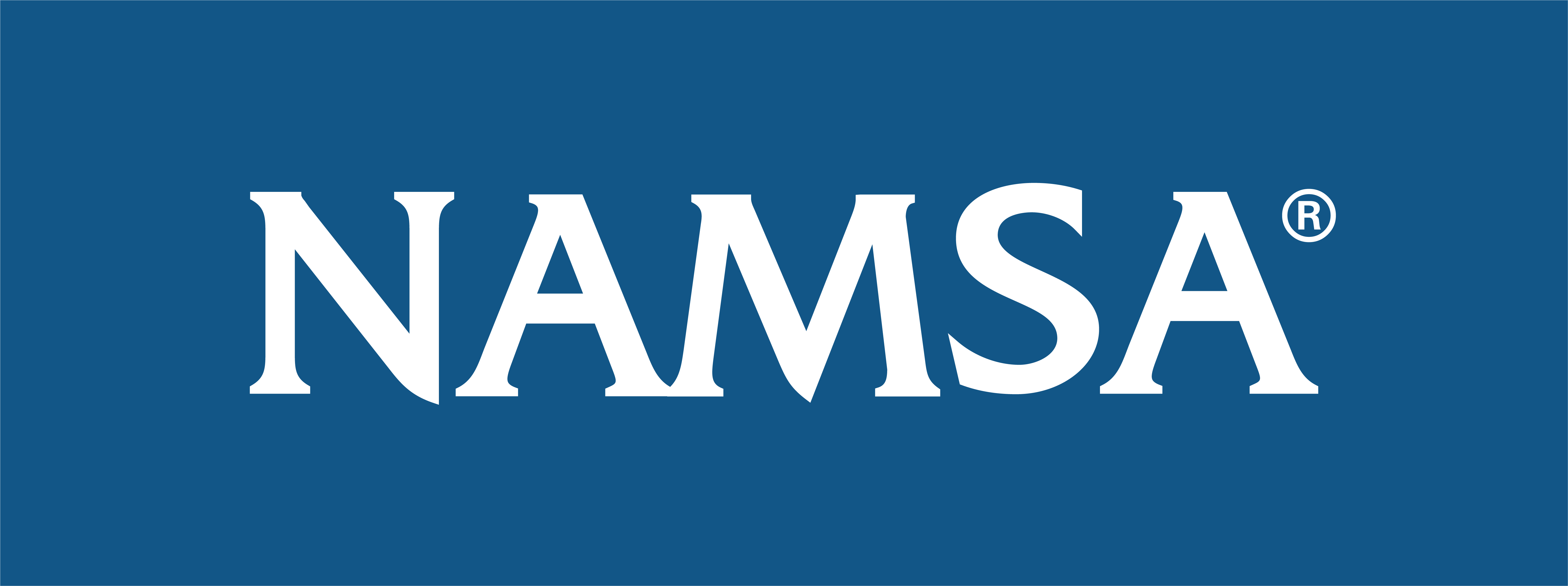ISO 10993-17 2023 Update: What You Need to Know
About
Date/Time
September 28, 2023
The Updated 2023 Version of ISO 10993-17
The latest revision to ISO 10993-17 has been highly anticipated due to the revised standards, principles and methodologies used in toxicological risk assessments that it includes.
There’s an undeniable impact on the standard of biological evaluations due to these changes and it’s crucial for medical device manufacturers to be prepared to take necessary action in order to address them.
What is 10993 Part 17?
ISO 10993-17 offers guidelines for effectively determining allowable limits of leachable substances that may migrate from a medical device into the body. This standard provides guidance on identifying and quantifying these substances to assess potential risks to patient health. Compliance with ISO 10993-17 is crucial for medical device manufacturers to ensure the safety and effectiveness of their products.
What is the current version of ISO 10993-17?
The current version of ISO 10993-17 is ISO 10993-17:2023, titled “Biological Evaluation of Medical Devices — Part 17: Toxicological Risk Assessment of Medical Device Constituents.” It revises the previous version published 20+ years ago in 2002, “Biological Evaluation of Medical Devices — Part 17: Establishment of Allowable Limits for Leachable Substances,” with updated best practices in toxicology and other ISO 10993 standards.
ISO 10993-17:2002 to 10993-17:2023 — Key Differences
In our on-demand webinar, leading toxicologists at NAMSA explore the changes found in 10993-17:2023 alongside considerations regarding how those changes may impact future toxicological risk assessments and biocompatibility plans.
10993-17:2023 differences explored in detail include:
- A new name with refined terminology. In 2002 Part 17 was titled, “Establishment of allowable limits for leachable substances,” but the 2023 update goes by “Toxicological risk assessment of medical device constituents.”
- Changes in definitions and abbreviations. Terms removed in the new version include allowable limit, tolerable exposure (TE) and utilization factor (UTF). Terms added include margin of safety (MOS), threshold of toxicological concern (TTC), toxicological screening limit (TSL) and worst-case estimated exposure dose (EEDmax).
- Toxicological Screening Limit. The Toxicological Screening Limit (TSL) can be used to establish whether the cumulative exposure dose of an identified constituent can be a potential source of harm to health. It’s a method used to screen a dataset to determine which chemicals need in-depth toxicological evaluations and which do not.
- Uncertainty factors for calculating the TI value for non-cancer endpoints. Formulas have been adjusted to account for new areas of uncertainty.
- Patient exposure calculations. Patient exposure assumptions have been adjusted for better accuracy and to avoid gross over-exaggeration of exposure being toxicologically evaluated.
- Removal of Tolerable Exposure Calculation. Instead, it’s been replaced with a new Margin of Safety Calculation.
- Tolerable intake for cancer endpoints. The acceptable cancer risk level (10-5) now aligns with ISO/TS 21726 and ICH M7.
- Criteria for identifying analogues for constituents without toxicological data. When toxicological information is inadequate or absent to derive a TI value, the use of TTC or toxicological data from a structural analogue shall be justified and documented.
Check out our on-demand webinar to learn more about ISO 10993-17:2023 and what it might mean for your medical device development.
Speaker

Phillip Smiraldo, PhD, DABT
Principal ToxicologistPhillip holds a PhD in Molecular and Cellular Biology from the University of Toledo Medical Center (formerly Medical College of Ohio) and a BS in Biology from Bowling Green State University (summa cum laude; with minors in Chemistry and Italian Language). He was a Postdoctoral Fellow at the University of Texas Southwestern Medical Center (awarded two grants to support his research), authored several articles that were published in peer-reviewed journals (regarding his research of DNA repair in mammalian cells), and authored a book chapter appearing in Telomerases: Chemistry, Biology, and Clinical Applications, and has provided several oral presentations. Dr. Smiraldo’s timeless experience in the medical device industry encompasses toxicology, biological safety and preclinical study design, as well as extensive preparation of biological and toxicological risk assessments for submission in countries complying with EU and US FDA regulations. Prior to his current position as Toxicologist, he was a Medical Research Scientist and Study Director (NAMSA), overseeing special/custom preclinical functional studies, preclinical safety studies and simulated-use chemistry studies. Before joining NAMSA, Dr. Smiraldo was a Staff Toxicologist at WIL Research (approximately 2.5 years), where he was a Study Director of preclinical safety studies for pharmaceutical- and chemical-based products.

Valériane Levelut
Senior ToxicologistValériane Levelut is a EUROTOX (ERT) certified Toxicological Pharmacist, with a rich experience as a safety assessor in many sectors. Before joining NAMSA she led the toxicological evaluation of medical devices, biocidal products, cosmetic products and food supplements at other organisations. Her role at NAMSA focuses on conducting biological evaluations and toxicological risk assessments in accordance with ISO 10993-1 and other medical device requirements, as well as assisting sponsors by addressing a wide range of issues related to biocompatibility and regulatory compliance.
